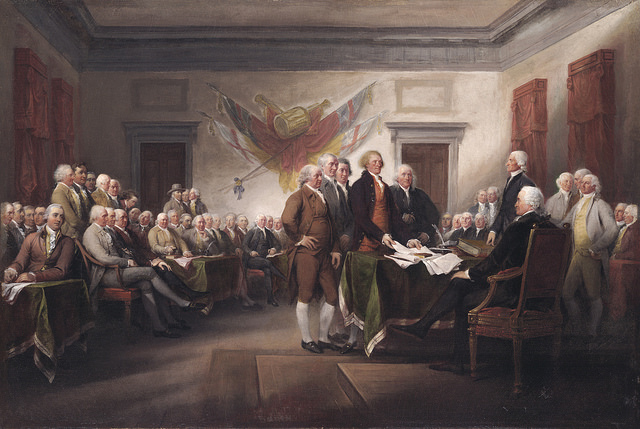After nearly becoming extinct in the 1950s, Massachusetts bald eagles are slowly but surley making a comeback following three decades of efforts made by MassWildlife to see the national bird thrive once again.
Last week, state wildlife officials shared that they have discovered 76 pairs of territorial bald eagles nesting this season. A steady but promising increase for the population from last year’s 68 pairs nesting, as well as 2016’s discovery of 59 pairs.
ICYMI Breeding bald eagle pairs reached a new high in Massachusetts in 2017… let’s see what 2018 has in store! https://t.co/6v9adpQrJC
— MA. Fish & Game (@MassDFG) January 15, 2018
From the 76 pairs discovered this season, 65 bald eagle chicks have survived and gone on to successfully take flight. MassWildlife managed to mark 45 of the baby chicks, banding them with silver federal bands and color-coded state bands for monitoring.

Masswildlife and others began efforts to help grow the population back in the 1980s after discovering bald eagles who were spending winters in the Quabbin Reservior area. Following the discovery, wildlife officials took eaglets from Canada and Michigan transferring them to Massachusetts to live in cages overlooking the Quabbin before releasing them into the wild in hopes that they would live in the area.
Bald eagle population saved by “hacking” method
Those efforts were a success with 41 chicks nesting in the area. It was from that “hacking method” that Massachusetts managed to revive the state’s bald eagle population.
Since the start of their efforts, Masswildlife has managed to assist in the reproduction of at least 777 bald eagle chicks. There could be additional bald eagles thriving as Masswildlife has not been able to observe every nest.
Officials are encouraging the public to report any bald eagle sightings, especially nests or adults carrying sticks or nest lining materials. Observations can be sent to state ornithologist Andrew Vitz at andrew.vitz@mass.gov.


























